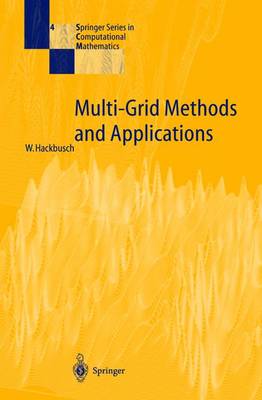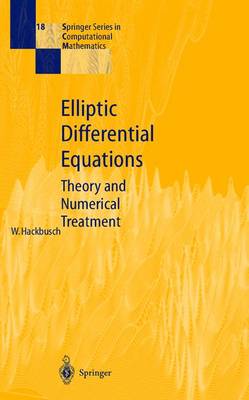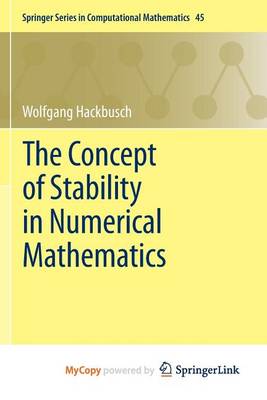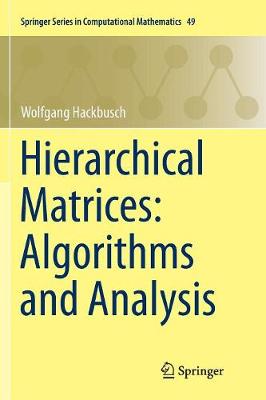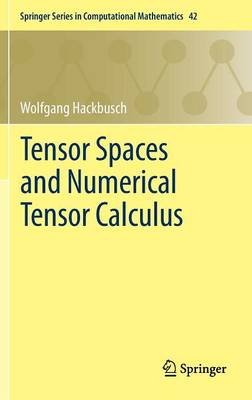Springer Series in Computational Mathematics
5 primary works
Book 4
Multi-grid methods are the most efficient tools for solving elliptic boundary value problems. The reader finds here an elementary introduction to multi-grid algorithms as well as a comprehensive convergence analysis. One section describes special applications (convection-diffusion equations, singular perturbation problems, eigenvalue problems, etc.). The book also contains a complete presentation of the multi-grid method of the second kind, which has important applications to integral equations (e.g. the "panel method") and to numerous other problems. Readers with a practical interest in multi-grid methods will benefit from this book as well as readers with a more theoretical interest.
Book 18
Book 45
In this book, the author compares the meaning of stability in different subfields of numerical mathematics.
Concept of Stability in numerical mathematics opens by examining the stability of finite algorithms. A more precise definition of stability holds for quadrature and interpolation methods, which the following chapters focus on. The discussion then progresses to the numerical treatment of ordinary differential equations (ODEs). While one-step methods for ODEs are always stable, this is not the case for hyperbolic or parabolic differential equations, which are investigated next. The final chapters discuss stability for discretisations of elliptic differential equations and integral equations.
In comparison among the subfields we discuss the practical importance of stability and the possible conflict between higher consistency order and stability.
Book 49
This self-contained monograph presents matrix algorithms and their analysis. The new technique enables not only the solution of linear systems but also the approximation of matrix functions, e.g., the matrix exponential. Other applications include the solution of matrix equations, e.g., the Lyapunov or Riccati equation. The required mathematical background can be found in the appendix.
The numerical treatment of fully populated large-scale matrices is usually rather costly. However, the technique of hierarchical matrices makes it possible to store matrices and to perform matrix operations approximately with almost linear cost and a controllable degree of approximation error. For important classes of matrices, the computational cost increases only logarithmically with the approximation error. The operations provided include the matrix inversion and LU decomposition.
Since large-scale linear algebra problems are standard in scientific computing, the subject of hierarchical matrices is of interest to scientists in computational mathematics, physics, chemistry and engineering.
Book 56
